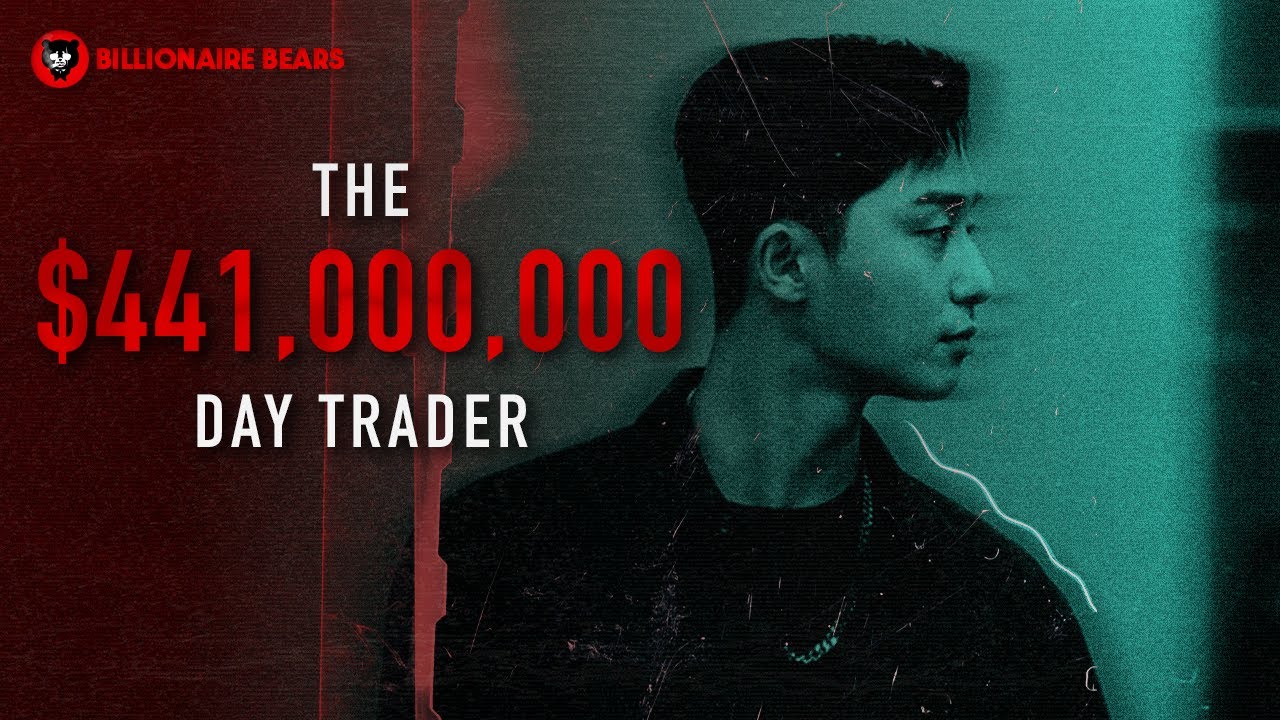Why Red Bull Isn't A Drink Company
Summary
TLDRThe script narrates the remarkable journey of Red Bull from its humble Thai origins as a medicinal syrup to becoming a global energy drink giant. It details the innovative marketing strategies, including extreme sports sponsorships and record-breaking stunts, that fueled its growth. The company's unique approach to branding and storytelling, coupled with its ability to navigate controversies, has solidified Red Bull's position as a premium lifestyle product with a dominant market share.
Takeaways
- 🌟 Felix Baumgartner's record-breaking skydive from the edge of space in 2012 was sponsored by Red Bull, showcasing the brand's extreme marketing strategies.
- 🏎 Red Bull's marketing includes sponsoring various extreme sports and owning multiple sports teams, which has contributed to its global recognition.
- 💰 The global energy drink industry was worth around $90 billion by the end of 2022, with Red Bull leading the market, selling over 9.8 billion cans in 2021.
- 📚 Red Bull originated from an obscure medicinal syrup created by Chaleo Yoovidhya, who started with a small pharmaceutical business in Thailand.
- 🔑 Chaleo's insight into the needs of blue-collar workers led to the creation of an energy drink with a more appealing flavor and energy boost, which became Krating Daeng.
- 🚚 Initially, Red Bull focused on marketing to truck drivers and the working class in Thailand, using word of mouth to grow its popularity.
- 🤝 Austrian businessman Dietrich Mateschitz partnered with Chaleo to expand Red Bull internationally, investing in the brand and its potential.
- 💡 Red Bull's slogan 'Red Bull gives you wings' and its focus on a premium brand image, despite initial negative feedback, set it apart in the market.
- 🏆 The company's strategy of sponsoring extreme sports and creating its own events has been a key driver of its success, turning marketing expenses into revenue streams.
- 🎯 Red Bull's marketing approach is less about direct advertising and more about creating a brand associated with excitement and high-energy activities.
- 🚫 Despite controversies and legal challenges, including false advertising lawsuits and product bans in some countries, Red Bull has maintained its market dominance.
Q & A
What significant event involving Felix Baumgartner did millions of viewers watch on October 14th, 2012?
-Millions of viewers watched Felix Baumgartner ascend to the edge of space, take a small step, and then free fall about 120,000 feet down to Earth, breaking the sound barrier and setting multiple world records.
What is one of the key strategies behind Red Bull's marketing success?
-One of the key strategies behind Red Bull's marketing success is its association with extreme sports and high-adrenaline activities, which helps to sell the brand as a lifestyle choice rather than just an energy drink.
Who is Chaleo Yoovidhya and what was his initial business venture?
-Chaleo Yoovidhya was the creator of Red Bull. He initially started a small business called T.C. Pharmaceutical Industries, which was designed to sell medicines such as imported antibiotics.
What was the original name of the beverage that later became known as Red Bull?
-The original name of the beverage was Krating Daeng, which means 'red gaur' in Thai, symbolizing strength and power.
How did Chaleo Yoovidhya differentiate his energy drink from competitors in the market?
-Chaleo differentiated his energy drink by including large amounts of sugar for a more appealing flavor and an energy boost, targeting blue-collar workers who needed energy for long physical labor.
What was the role of Dietrich Mateschitz in the global expansion of Red Bull?
-Dietrich Mateschitz played a crucial role in the global expansion of Red Bull by partnering with Chaleo Yoovidhya, investing in the business, and focusing on the operational side of the company while Chaleo continued to focus on the product side.
What slogan did Red Bull adopt to represent its brand and why was it controversial?
-Red Bull adopted the slogan 'Red Bull gives you wings' to represent the energy, focus, and potential the product provides. It was controversial because a lawsuit claimed that Red Bull did not provide any functional athletic improvement, which led to a $13 million settlement.
How did Red Bull's marketing approach differ from traditional beverage companies?
-Red Bull's marketing approach differed by focusing on creating a brand around an experience rather than just selling a product. They invested heavily in marketing, sponsoring extreme sports, and hosting world-class events to build brand recognition and association with excitement and adventure.
What is the estimated cost of producing a can of Red Bull and its typical selling price?
-The estimated cost of producing a can of Red Bull is about 9 cents, while the typical selling price is $1.79 or more, allowing for high profit margins.
What controversy did Red Bull face in 2013 regarding its slogan 'Red Bull gives you wings'?
-In 2013, Red Bull faced a lawsuit for false advertising over its slogan 'Red Bull gives you wings'. The lawsuit argued that the drink did not provide any functional athletic improvement, leading to a $13 million settlement.
What is the significance of Red Bull's marketing strategy in terms of brand positioning?
-Red Bull's marketing strategy is significant because it positions the brand as a premium lifestyle product rather than just an energy drink. This approach has allowed Red Bull to charge higher prices and achieve high market shares in some countries.
Outlines

This section is available to paid users only. Please upgrade to access this part.
Upgrade NowMindmap

This section is available to paid users only. Please upgrade to access this part.
Upgrade NowKeywords

This section is available to paid users only. Please upgrade to access this part.
Upgrade NowHighlights

This section is available to paid users only. Please upgrade to access this part.
Upgrade NowTranscripts

This section is available to paid users only. Please upgrade to access this part.
Upgrade Now5.0 / 5 (0 votes)





